- anonymous authors
- Matthew & John wrote in 3rd person
- not disciples of Jesus
- authors are illiterate
- John’s Greek is too advanced for a fisherman
- late attribution
- too old
- all Greco-Roman biographers are anonymous
- anonymous are credible in antiquity
- usage of secretary
- lack of anachronism
- no lack of knowledge
- unanimity among the Church Fathers
- no other candidate before 150 AD
Brief history
People often assume that because it’s written ‘the Gospel of Mark’, that it is necessarily a man named “Mark” who wrote it.
It’s not ‘the Gospel of Mark’, it’s the ‘Gospel according to Mark’. Jesus is at the center of the story.
The unusual titles of the Gospels already indicate that the evangelists are not meant to appear as ‘biographical’ authors like others, but to bear witness in their works to the one saving message of Jesus Christ6.
The letters of Paul have the same issues: seven are authentically written by him, while the six others are composed later by his followers under his authority (70-100 CE)7.
Traditions tells us that Matthew, Mark, Luke and John wrote the Gospels. But the consensus today is that no Apostle of Jesus actually wrote them. It was composed by a 2nd generation Christian in their community who gather their facts from early sources. They were just the authoritative figure behind it.
- It was written by the authors we know
- It was written by the author and someone else
- It was written by a personal scribe
- It was written by their community
- It was written by a much later Christians
Authorship
Anonymous
Bart Ehrman argues that the Gospels were anonymous8: they never indicate who they are, named themselves, or give any direct personal identification of any kind. In contrast, Paul clearly identifies himself in all his letters, also like the original writer of some of them9, or assigned to another scribe (Rom 16:22).
Third-person
Moreover, Matthew & John (2 disciples of Jesus) describe themselves using the third-person10, which could indicate that they aren’t the authors we believe.
However, some ancient authors also described themselves in the 3rd person11:
- Xenophon
(Anabasis 2.5.41, 3.1.4) - Josephus
(The Jewish War 3.8.7) - Julius Cesar
(The Gallic War, Civil War) - Thucydides
(History of the Peloponnesian War 1.1.1, 2.103.2, 5.26.1) - Polybius
(The Histories 31.23.1-31.24.12, 38.19.1, 38.21.1, 38.22.3)
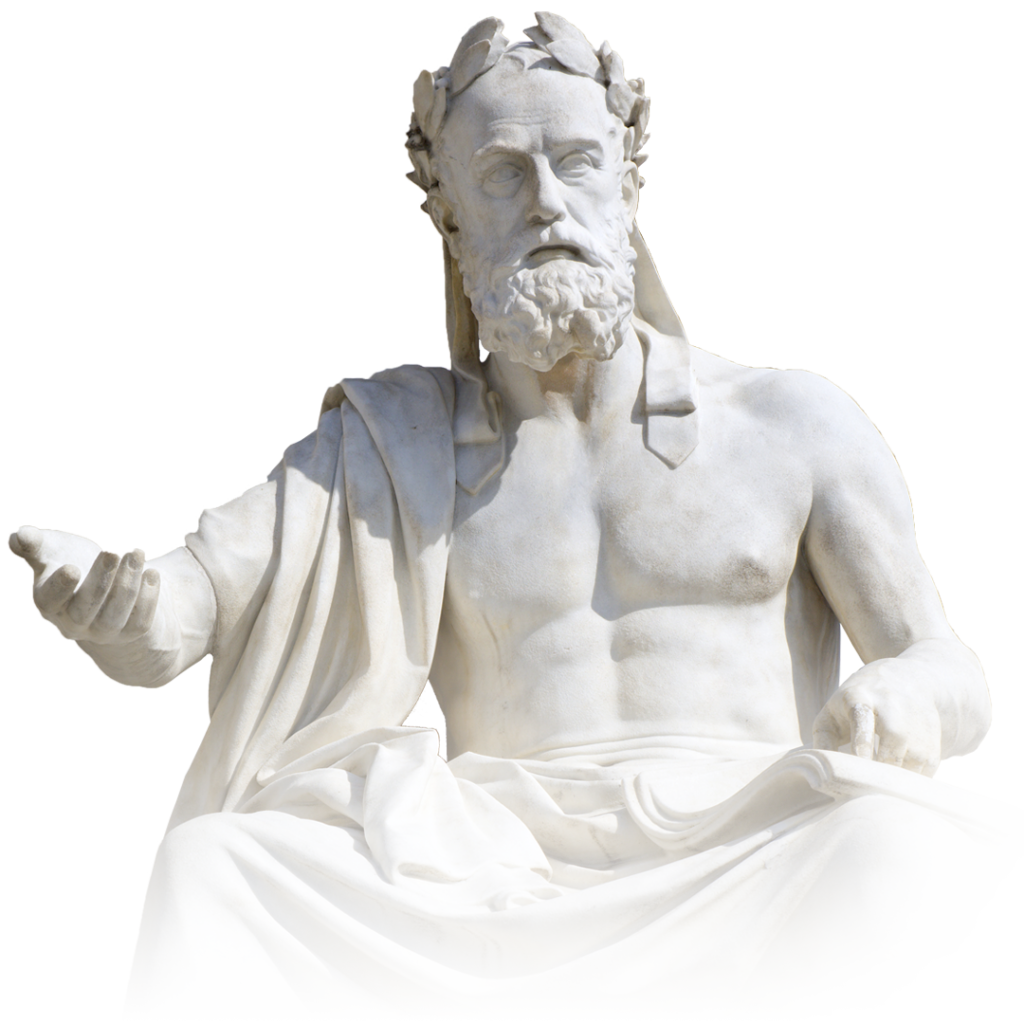
Strictly speaking, yes, they are ‘anonymous‘: in the sense that they don’t have a greeting like the letters of Paul12, but that doesn’t mean we cannot know who wrote them.
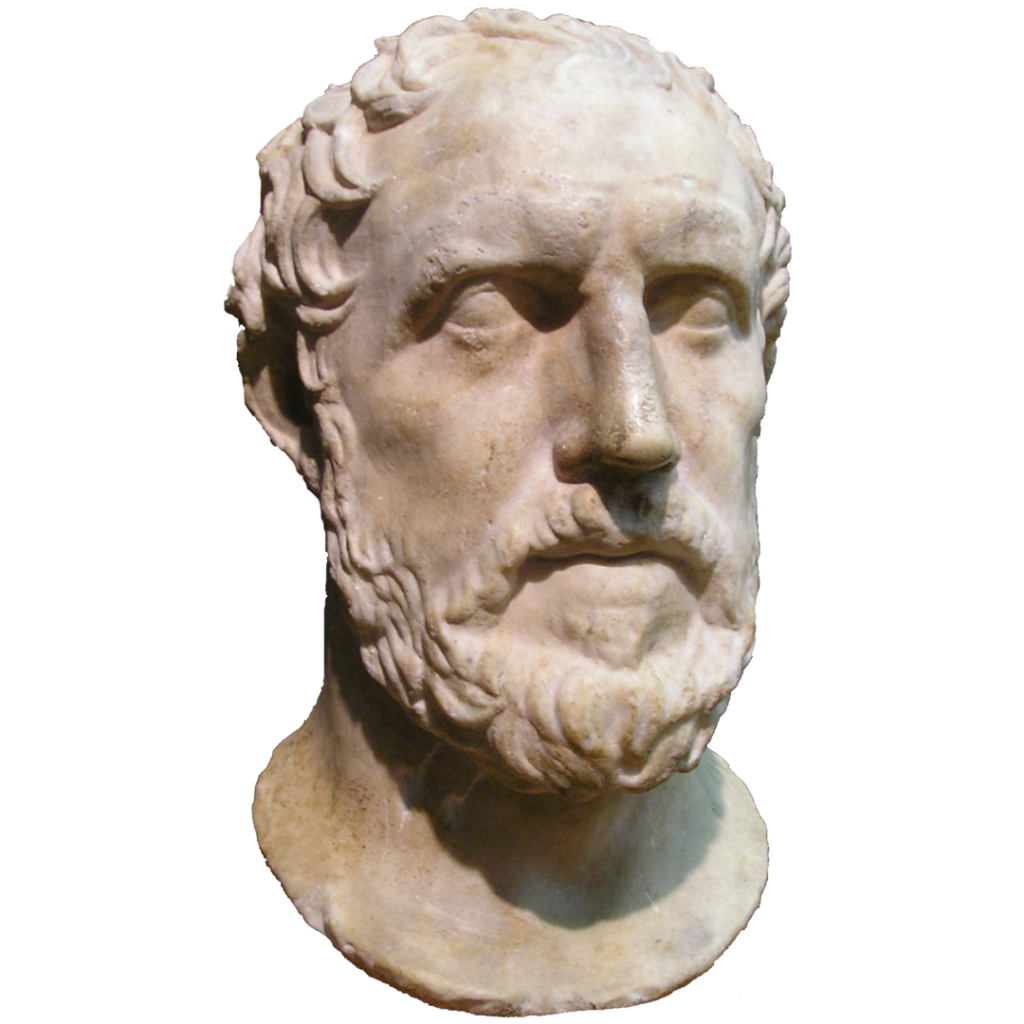
Besides, Mike Licona said that no ancient Greco-Roman biographers wrote their names on their works (those who we do have surviving copies), except for Lucian and the story of Aelius in the Historia Augusta13. They were all attributed later by another author.
Why are they anonymous?
Lucian‘s Life of Demonax (ancient bios) speaks in the first-person and expect his readers to know who he is: his work would often have circulated in a circle of people who would know about it16.
The same way, Justin Martyr (155 CE) tells us that the Gospels (memoirs of the apostles) were used for reading at Mass17. It wasn’t a primary concern to explicitly mention their name, because they already take them as granted.
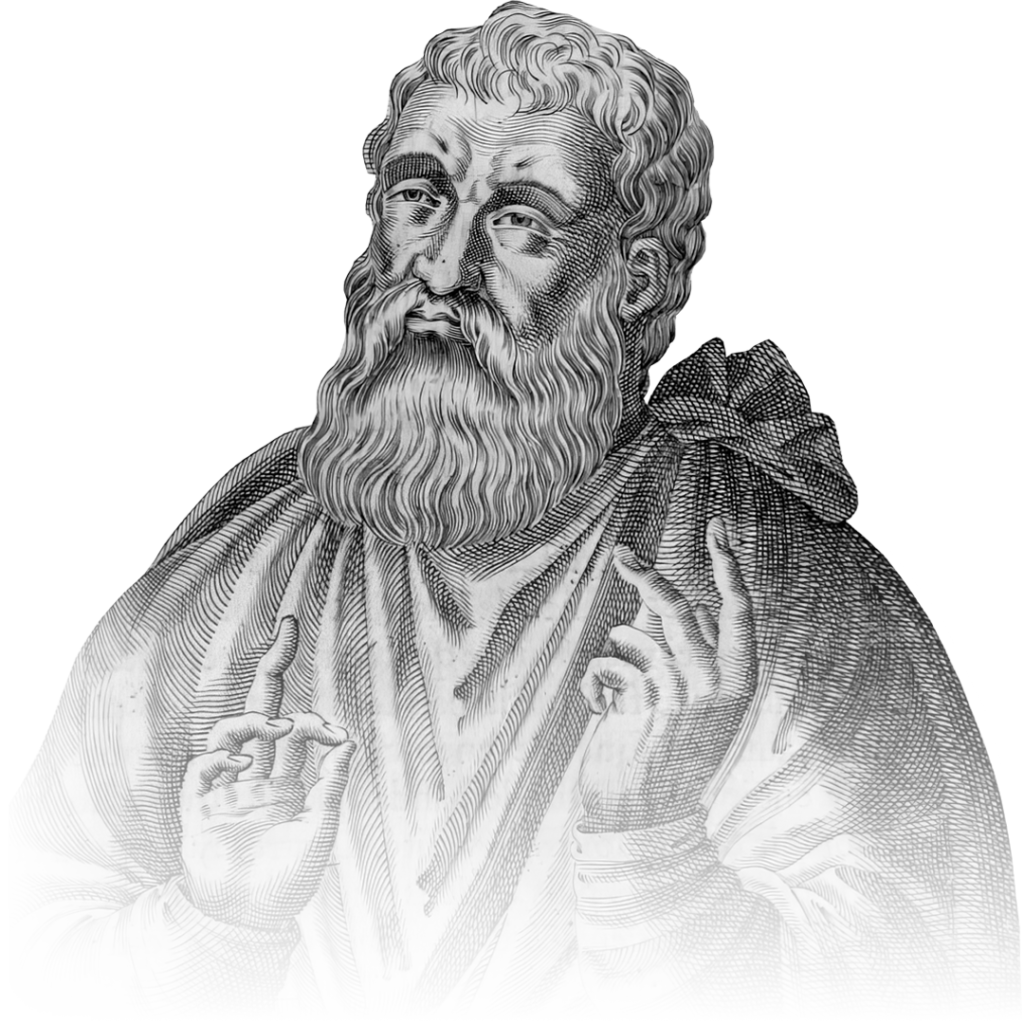
In the first century CE, most authors gave their books titles, but it’s not a universal practice18.
In the light of that, Mark is attributed very early by the Church Father Papias (95-110 CE)19, before Gnosticism became a real threat to the Church.
“In the ancient world an anonymous book, rather like an encyclopaedia article today, implicitly claimed complete knowledge and reliability. It would have reduced the impact of the Gospel of Matthew had the author written ‘this is my version’ instead of ‘this is what Jesus said and did’.” 20
E.P. Sanders
Skeptics argue for a long silence: Clement of Rome (95 CE) & Ignatius of Antioch (107 CE) doesn’t mention them21. Justin Martyr (150 CE) doesn’t attribute to the four, he only mentions that they are ‘memoirs’ of the Apostles22. Perhaps he already takes them for granted, like everyone else. And nobody even raised these questions about the authorship.
And even if they could be late and anonymous, that doesn’t stop the possibility of having the source material be reported by eyewitnesses.
The Annals of Imperial Rome was attributed to Tacitus by Saint Jerome.
Irenaeus (180 CE) is our 1st Church Father to mention them because the Gnostics started to write their so-call ‘Gospels’ (which are fictional accounts of Jesus). Christians need to identify which one is genuine and which one are fake. Read more below.
As Martin Hengel said, the Gospels were used for liturgical reasons (reading out loud for a congregation). It was taken as granted.
What do we know about the authors?
What we know from early traditions might not always correspond to what we learn from internal evidence.
Matthew
Tradition: He was a tax collector (Mt 9:9-10, Mt 10:3-10), disciple of Jesus.
Internal evidence: He talks about money more than others23.
Mark
Mark wrote to Christians in Rome at their request3132, under Peter’s supervision (1 Pet 5:13). If he made up anything while writing, Peter could have asked another Christians to read it out loud. A few friends of Paul was present (Aquila, Priscilla, Silvanus)33. He put more emphasis on the chief Apostle compared to the other Gospels. He left Rome to found the Coptic Church in Egypt. He incorporated a passion narrative.
Did Peter influenced Mark?
Mark’s theme of Jesus as the suffering servant is parallel with Peter’s speeches in Acts (3:13- 26, 4:27-30).
Luke
Tradition: He was a physician (Col 4:14), follower of Paul.
Internal evidence: He write a very good Greek. Very meticulous and care a lot about small details.
Luke wrote for Gentile believers, probably in Achia (Greece)34. He was the travel companion of Paul, recording everything that happened. He is also the author of Acts of the Apostle.
John
Tradition: He was a fisherman (Mt 4:21, Mk 1:19, Lk 5:10, Jn 1:40), the ‘beloved disciple’ of Jesus.
Internal evidence: He writes an excellent Greek. He is a Jew from the Holy Land (very familiar with its geography, liturgies, and traditions)35.
John wrote from Ephesus. His disciples Ignatius and Polycarp wrote Epistles which are extremely similar to his Gospel. Irenaeus (disciple of Polycarp) also emphases to argue against the same enemies as his, namely the Gnostics.
Illiterate?
Usage of a secretary
Only less than 10-15% of the people were literate (mostly in the elite & wealthy people)36.
Matthew (tax collector), Mark (rich man)37& Luke (physician) would pass the test, but what about John? He & Peter were uneducated fishermen (Acts 4:13). Besides that, the quality of Greek vocabulary evolved with the Gospels: Mark has the worst, and John has the best. How can a fisherman do that?
It’s frequent in late antiquity to see educated people of high rank make usage of a secretary.
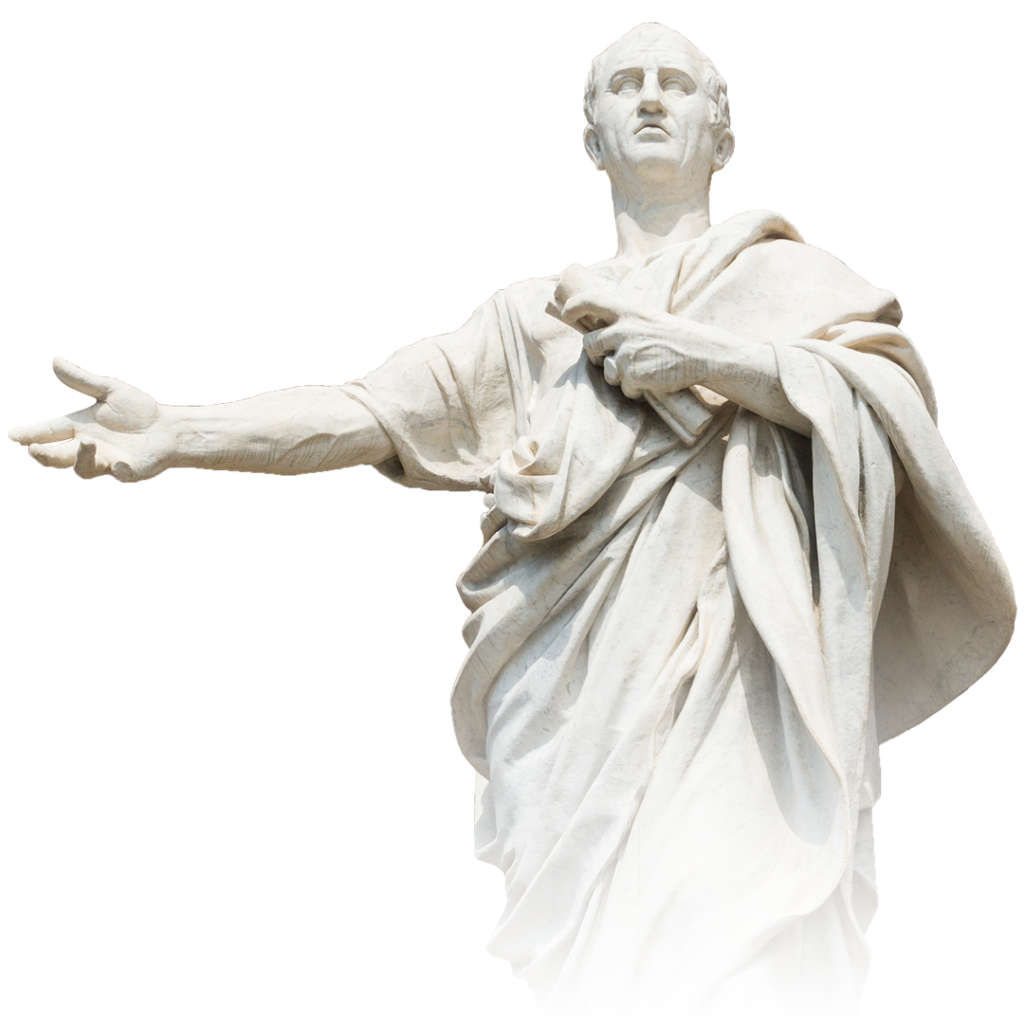
| Author | Secretary |
| Cicero (Roman stateman) | Marcus Tullius Tiro 38 |
| Peter | Mark and Silvanus39 |
| Paul (Pharisee) | Tertius wrote the letters to the Romans 40 |
| Appius Claudius (Roman stateman) | Gnaeus Flavius |
| Scipio Africanus (Roman general) | Gaius Cicereius |
Even today, the president has a personal secretary to take notes during meetings. That doesn’t mean that the head of state is illiterate.
The Greek words used to describe Peter and John in Acts 4:13 was ‘ἀγράμματοί’ (aggrammatoi) and ‘ἰδιῶται’ (idiótai). They don’t mean ‘uneducated and ignorant’. It means to lack a scribal training, compared to a ‘γραμματεύς’ (grammateus), a professional ‘scribe’41. A ‘idiótai‘ is to be an outsider42. Instead of being a real scribe or priests, they are layman (2 Cor 11:6).
John the Evangelist
John was probably in his 20s when he traveled with Mary (the mother of Jesus) around 38-47 CE43 to Ephesus44, one of the most important Greek city & trading center in the Mediterranean region. He stays there for the rest of his life. During that time, John could train himself to learn how to write. Or he had a personal secretary. Or many people wrote for him. Or it was another John. There are many options. Ephesus was known for the practice of magic45, it isn’t a surprise to see that Gnosticism (salvation based on esoteric knowledge) was present in the city46, and we clearly see how John47 & his disciples48 refuting against them. His exile49 to the island of Patmos50 (closed to Ephesus), is also a good sign that he stays around that area.
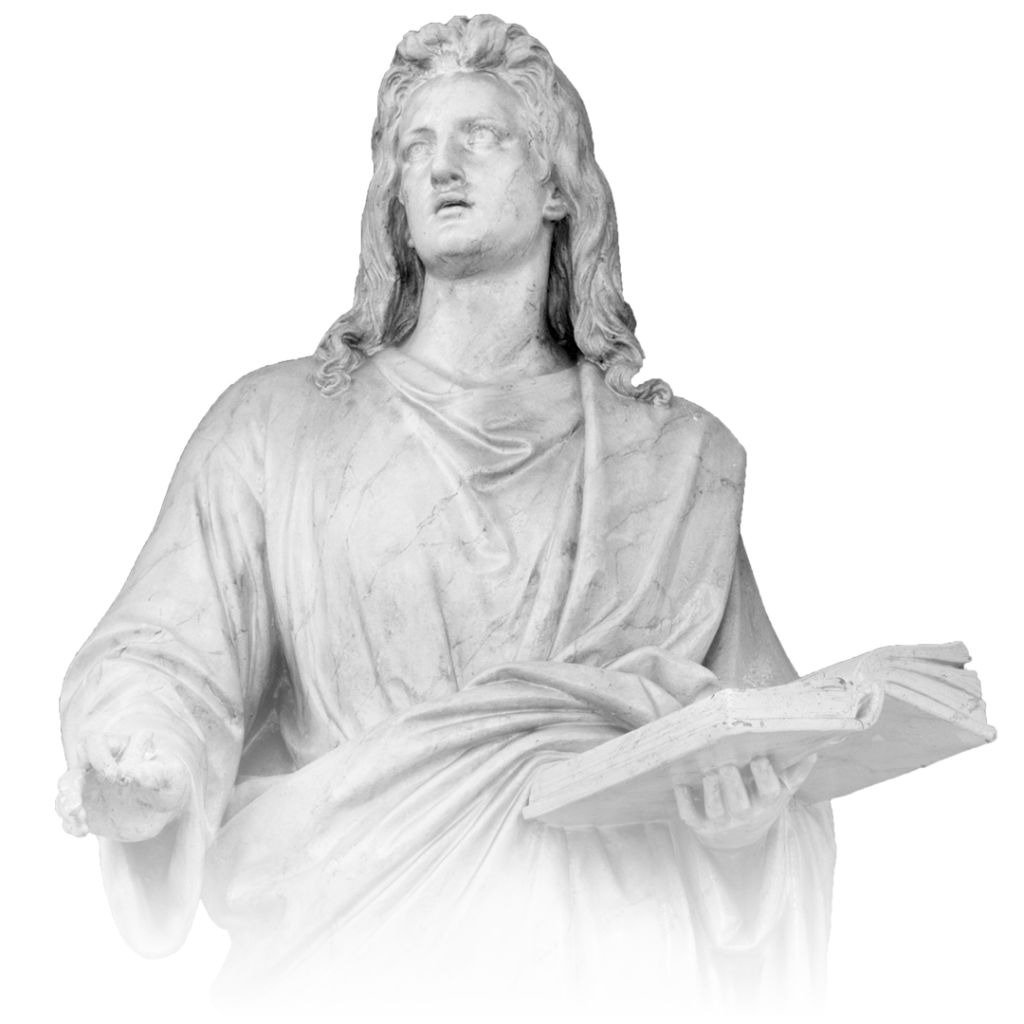
Age factor
The average life span of a person living in the 1st-century Mediterranean world was around 4051. If Matthew wrote in the 80s CE, he would need to be born in the 40s CE, and thus, Matthew couldn’t be an eyewitness because he wasn’t born yet when Jesus died in the 30s CE.
But that’s only an average. Many people from all over the ancient world were recorded living in their 50s, up to their 100s52.
Mark & Luke didn’t follow Jesus so that they might be teenagers at that time. If both were in their 20s when Paul began his missionary journeys in the 40s, they would be around 45 CE in 70 and not yet 60 in the 80s CE.
Speaking Greek?
Greek was the common language in the Roman empire (due to Hellenization), starting from the 3rd century BCE in the region of Galilee56. In Palestine, it was mostly Aramaic (influenced by Israel’s past conquering by the eastern regions). But just because you are uneducated doesn’t mean that you could not be bilingual.
As a Jewish tax collector for the Roman empire, it’s not surprised to see that Matthew could be bilingual and wrote the 1st version in Aramaic, and then in Greek57. When Jesus met with Pontius Pilate, what language did they speak? Either Jesus could speak Greek or Latin, or Pilate could speak Aramaic or Hebrew. Or they had a translator. Or, both spoke Greek. As a carpenter from Nazareth, Jesus probably needed to speak Greek to make trades in Sepphoris58.
Other Jewish Hellenistic writings existed during that time:
- Josephus
- Philo
- Thallus
- Justus of Tiberias
- biblical Septuagint was in Greek
Craig Evans states that we found a synagogue with Greek inscriptions in Jerusalem.
Out of 1,600 Jewish funerary inscriptions from 300 BCE to 500 CE, 70% are in Greek, 12% in Latin and 18% in Hebrew/Aramaic.59
Attributions
The Church Fathers
Beside Matthew, Mark, Luke, and John, there is absolutely no other candidate.
“How do we know the authorship of the works of Plato, Aristotle, Cicero, Varro, and other similar writers, but by the unbroken chain of evidence?”62
Augustine of Hippo
As Timothy McGrew states, geographically, early Church Fathers from all the 4 corners of the Roman empire attributed to the same people. Nobody is missing.
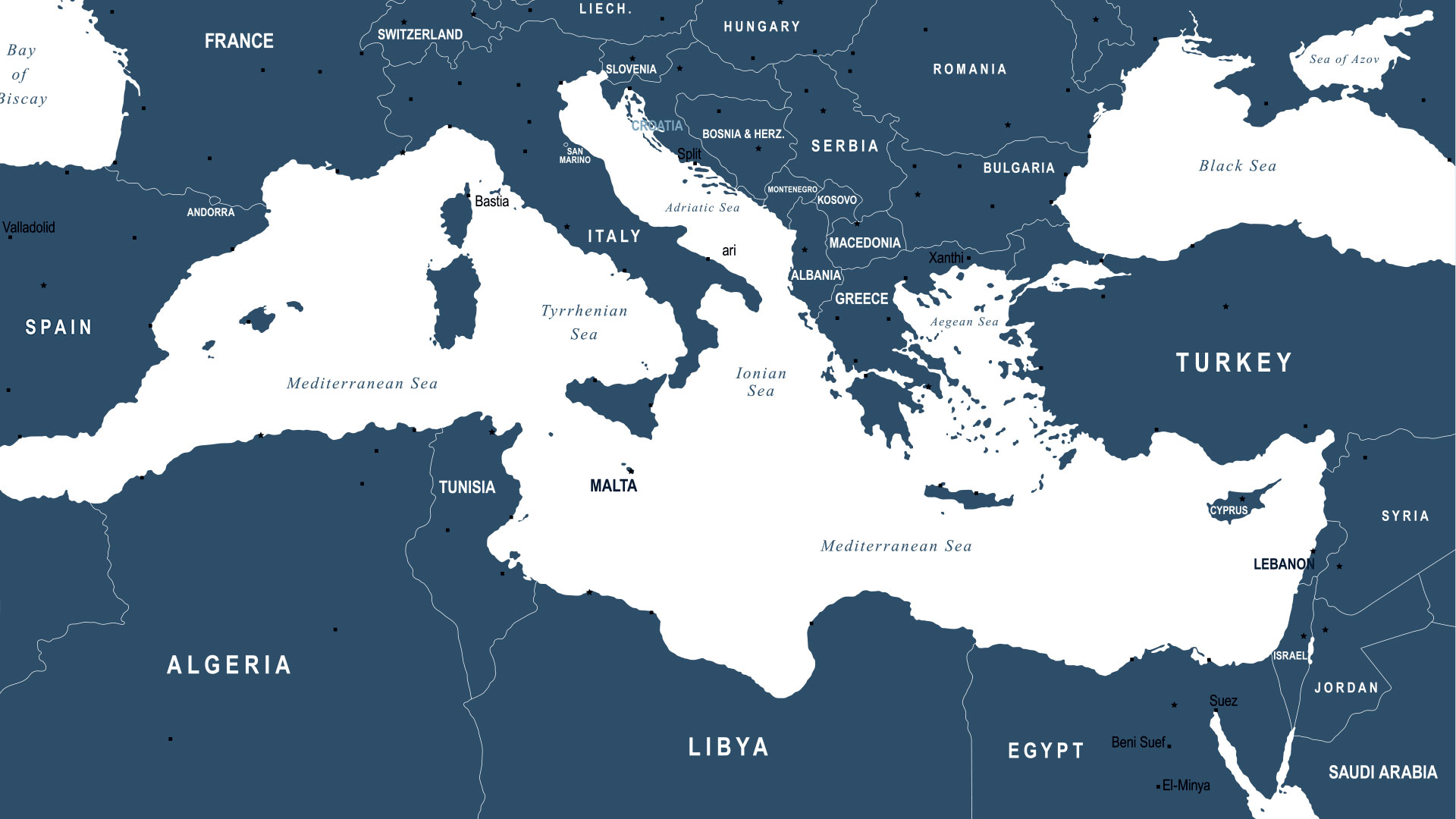
Moreover, who is Mark & Luke? They aren’t part of the original disciples. Having picked up non-authoritative figures shows us that it’s not part of an “inner conspiracy”, but having an honest external perspective on Jesus. They wouldn’t willingly distort the message to fit their agenda. If they want to look authoritative, why not just attribute it to Peter, James, Mary, etc.? By the way, that’s what happened later in the 2nd century with forged gospels.
The apocryphal gospels
What about the so-called Gospel of Thomas, Peter, Mary Magdalene, Philip, Judas, and so forth? They are late forgeries using pseudonyms.
Scholars date them to the mid-2nd century. Tatian’s Diatessaron (160-175 CE) tried to harmonize the 4 Gospels. Four. Why not include any of the ones cited before? Because they probably didn’t exist yet, or nobody considers them authoritative at all. If that’s the case, then the so-called ‘authors’ are not who they claim, because, by the mid-2nd century, they are all dead. And dead people don’t write books.
Furthermore, Judas’s account was called the “Gospel of Judas”, not the “Gospel according to Judas”.
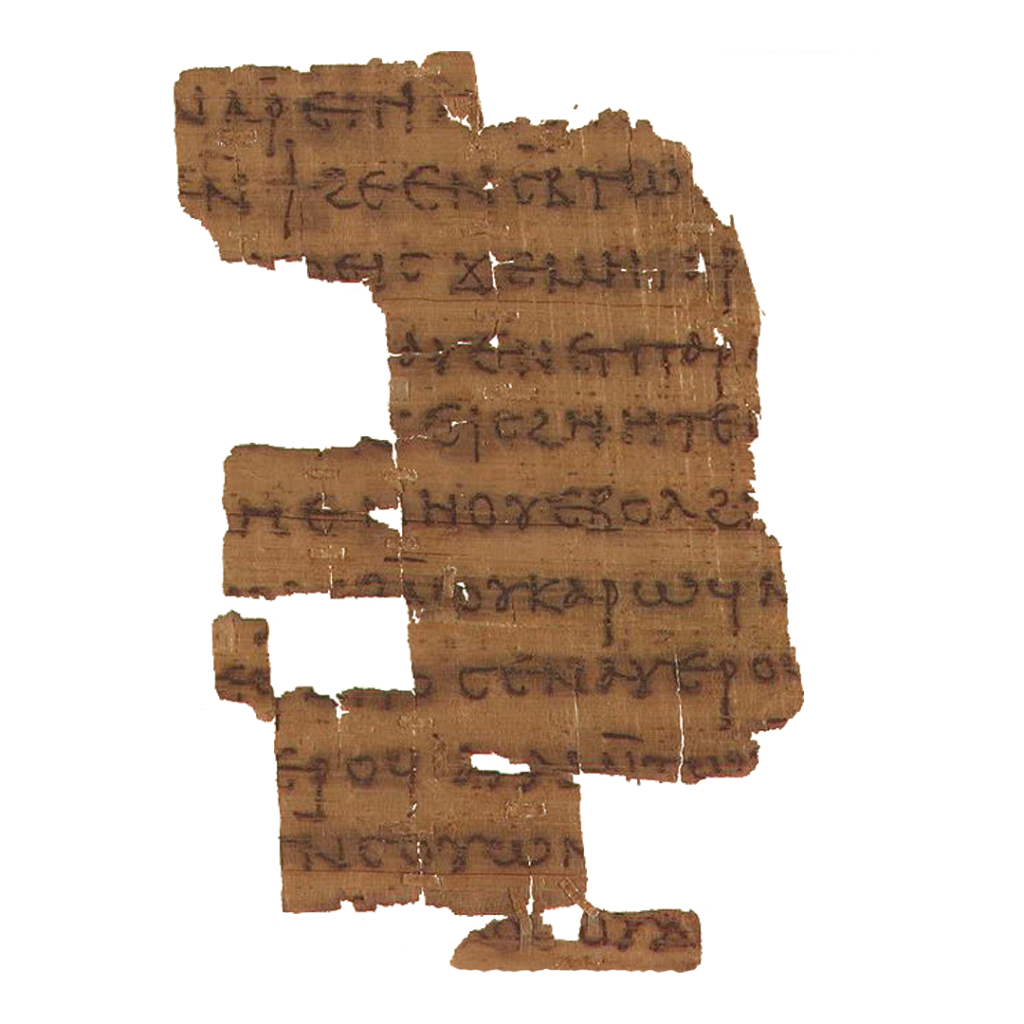
…
“Matthew also issued a written Gospel among the Hebrews in their own dialect, while Peter and Paul were preaching at Rome, and laying the foundations of the Church. After their departure, Mark, the disciple, and interpreter of Peter did also hand down to us in writing what had been preached by Peter. Luke also, the companion of Paul, recorded in a book the Gospel preached by him. Afterward, John, the disciple of the Lord, who also had leaned upon His breast, did himself publish a Gospel during his residence at Ephesus in Asia.” 63
Irenaeus of Lyon (130 – 202 CE)
“I lay it down to begin with that the documents of the gospel have the apostles for their authors, and that this task of promulgating the gospel was imposed upon them by the Lord himself. . . . In short, from among the apostles, John and Matthew implant in us the faith, while from among the apostolic men Luke and Mark reaffirm it.” 64
Tertullian of Carthage (160 – 225 CE)
Matthew
“Matthew compiled the Sayings in the Aramaic language, and everyone translated them as well as he could.” 65
Papias of Hierapolis (60-130 CE)
“Matthew, again, relates His generation as a man, saying, ‘The book of the generation of Jesus Christ, the son of David, the son of Abraham; (…)” 66
Irenaeus of Lyon (130 – 202 CE)
“And in the Gospel according to Matthew, the genealogy which begins with Abraham is continued down to Mary the mother of the Lord.” 67
Clement of Alexandria (150 – 215 CE)
Mark
“Mark, on the other hand, commences with [a reference to] the prophetical spirit coming down from on high to men, saying, ‘The beginning of the Gospel of Jesus Christ, as it is written in Esaias the prophet,'” 68
Irenaeus of Lyon (130 – 202 CE)
“Mark, the follower of Peter, while Peter was publicly preaching the gospel at Rome in the presence of some of Caesar’s knights and uttering many testimonies about Christ, on their asking him to let them have a record of the things that had been said, wrote the Gospel that is called the Gospel of Mark from the things said by Peter”
Clement of Alexandria (150 – 215 CE)
Luke
“The third book of the Gospel is that according to Luke. Luke, the well-known physician, after the ascension of Christ, when Paul had taken with him as one zealous for the law, composed it in his own name, according to [the general] belief. Yet he himself had not seen the Lord in the flesh; and therefore, as he was able to ascertain events, so indeed he begins to tell the story from the birth of John.”
Muratorian Fragment (175 CE)
John
“The fourth of the Gospels is that of John, [one] of the disciples.”
Muratorian Fragment (175 CE)
“For that according to John relates His original, effectual, and glorious generation from the Father, thus declaring, ‘In the beginning was the Word, and the Word was with God, and the Word was God.'” 69
Irenaeus of Lyon (130 – 202 CE)
Recommended books
- Richard Bauckham – “Jesus and the Eyewitnesses: the Gospels as eyewitness testimonies”
- Raymond E. Brown – “An introduction to the New Testament”
- Martin Hengel – “The Four Gospels and the One Gospel of Jesus Christ”
- Mt 9:9-10, Mt 10:3-10
- Acts 4:36, Acts 12:12, Col 4:10
- 1 Pet 5:13
- Col 4:14
- Mt 4:21, Mk 1:19, Lk 5:10, Jn 1:40
- Martin Hengel, “The Four Gospels and the One Gospel of Jesus Christ”, (London: SCM Press, 2000), 49
- Raymond E. Brown, “An Introduction To The New Testament”, (New York: Doubleday, 1997), 6
- Bart D. Ehrman, “Jesus before the Gospels: how the earliest Christians remembered, changed, and invented their stories of the Savior”, (HarperOne, 2016), 105
- Rom 15:15, 1 Cor 4:14, 5:9, 9:15, 14:37, Gal 6:11
- Bart D. Ehrman, “Jesus, interrupted: revealing the hidden contradictions in the Bible (and why we don’t know about them)”, (HarperOne, 2009), 103
- Craig S. Keener, “Christobiography: memory, history, and the reliability of the Gospels”, (Eerdmans Publishing, 2019), 405
- Craig L. Blomberg, “The historical reliability of the New Testament,” (B&H Academic, 2016), 11
- “Mike Licona & Braxton Hunter Respond to Matt Dillahunty on the Gospels” on YouTube, under the channel of “Trinity Radio”
- Mk 13:14, Mt 24:15, Acts 15:31, 1 Thess 5:27, Col 4:16, Rev 1:3, 2 Clem 19:1, Justin Martyr’s First Apology 67.3-4
- Justin Martyr, “Apologies I”, 67
- Richard Bauckham, “Jesus and the Eyewitnesses: the Gospels as eyewitness testimony”, (Grand Rapids, MI: Eerdmans, 2006), 300
- Justin Martyr, “Apologies I”, 67
- Richard Bauckham, “Jesus and the Eyewitnesses: the Gospels as eyewitness testimony”, (Grand Rapids, MI: Eerdmans, 2006), 302
- Eusebius, “History of the Church”, 3.39
- E.P. Sanders, “The historical figure of Jesus”, (Penguin Books, 1993), 66
- David Fitzgerald, “Nailed: Ten Christian Myths That Show Jesus Never Existed at All”, (Lulu.com, 2010), myth 4
- Justin Martyr, “Dialogue with Trypho”, “1 Apology” (chapter 66)
- Mt 2:11, 10:9, 13:44, 13:45-46, 13:52, 17:24-27, 18:23-35, 20:1-16, 23:16-17, 25:14-30, 26:15, 28:12
- Raymond E. Brown and John P. Meier, “Antioch and Rome: New Testament Cradles of Catholic Christianity”, (New York: Paulist Press, 1982), 15
- Monarchian Prologue, Jerome “De Viris Illustribus”, 3
- Eusebius, “History of the Church”, 6.25
- Martin Hengel, “The Four Gospels and the One Gospel of Jesus Christ”, (London: SCM Press, 2000), 82
- J.P. Moreland, “Scaling the secular city: a defense of Christianity”, (Baker Academic, 1987), 155
- Raymond E. Brown, “An Introduction To The New Testament”, (Yale University Press, 1997), 161
- Martin Hengel, “The Four Gospels and the One Gospel of Jesus Christ”, (London: SCM Press, 2000), 79
- Clement of Alexandria, Frag. 9.4-20
- Eusebius, “History of the Church”, 6.14
- Rom 16:3, 1 Pet 5:12
- anti-Marcionite Prologue; Gregory of Nazianzus
- Francis Martin and William M. Wright IV, “The Gospel of John: Catholic Commentary on Sacred Scripture”, (BakerAcademic, 2015), 18
- William V. Harris, “Ancient Literacy”, (Harvard University Press, 1989), 328
- Acts 12:12-13
- See Asconius Pedianus and Plutarch
- 1 Peter 5:12-13
- Rom 16:22
- Craig A. Evans, “Jesus and his world: The Archeological Evidence”, (Westminster John Knox Press, 2012), 80-81
- 1 Cor 14:16, 23, 24
- Hyppolytus of Thebes mentioned that Mary lived for 11 years after the death of Jesus, around 41-44 CE, Taylor Marshall suggest in 63 CE for the Assumption
- Irenaeus, “Against Heresies”, 3.3.4
- Acts 19:19
- 1 Tim 4:1-5, 1 Tim 6:20
- Jn 1:14, 1 Jn 4:2, 2 Jn 1:7, Rev 2:6
- Ireaneus, “Against Heresies”
- Pliny Natural History 4.69-70; Tacitus Annals 4.30
- Rev 1:9
- Ian Morris, “Death-Ritual and Social Structure in Classical”, (Cambridge University Press, 1992), 74
- Tim G. Parkin, “Old Age in the Roman world: a cultural and social history”, (John Hopkins, 2003)
- Josephus, “Antiquity of the Jews”, 20.267
- Jerome, “Lives of Illustrious Men”, 9
- Irenaeus of Lyon, “Letter to Florinus”, quoted in Eusebius, “History of the Church”, 5.20.5-6
- Paul Rhodes Eddy & Gregory A. Boyd, “The Jesus Legend: A Case for the Historical Reliability of the Synoptic Jesus Tradition”, (Grand Rapids: Baker Academic, 2007), 102
- Eusebius, “History of the Church”, 3.39
- Paul Rhodes Eddy & Gregory A. Boyd, “The Jesus Legend: a case for the historical reliability of the Synoptic Jesus tradition”, (BakerAcademic, 2007), 480
- Pieter W. Van Der Horst, “Jewish Funerary Inscriptions – Most Are in Greek,” (Biblical Archaeology Review, Sept-Oct. 1992), 48
- Brant Pitre, “The Case For Jesus: The Biblical And Historical Evidence For Christ”, (New York: IMAGE, 2016), 17
- Eusebius, “Church History”, 6.14.6-10; 6.25.3-6, Tertullian, “Against Marcion”, 4.5
- Augustine of Hippo, “Contra Faustum”, 33.6
- “Against Heresies”, book 3, chapter 1, article 1
- “Against Marcion”, book 4, chapter 2
- Eusebius, “History of the Church”, 3.39
- “Against Heresies”, book 3, chapter 1, article 8
- The Stromata (book 1, chapter 21)
- “Against Heresies”, book 3, chapter 1, article 8
- Against Heresies, book 3, chapter 11, article 8